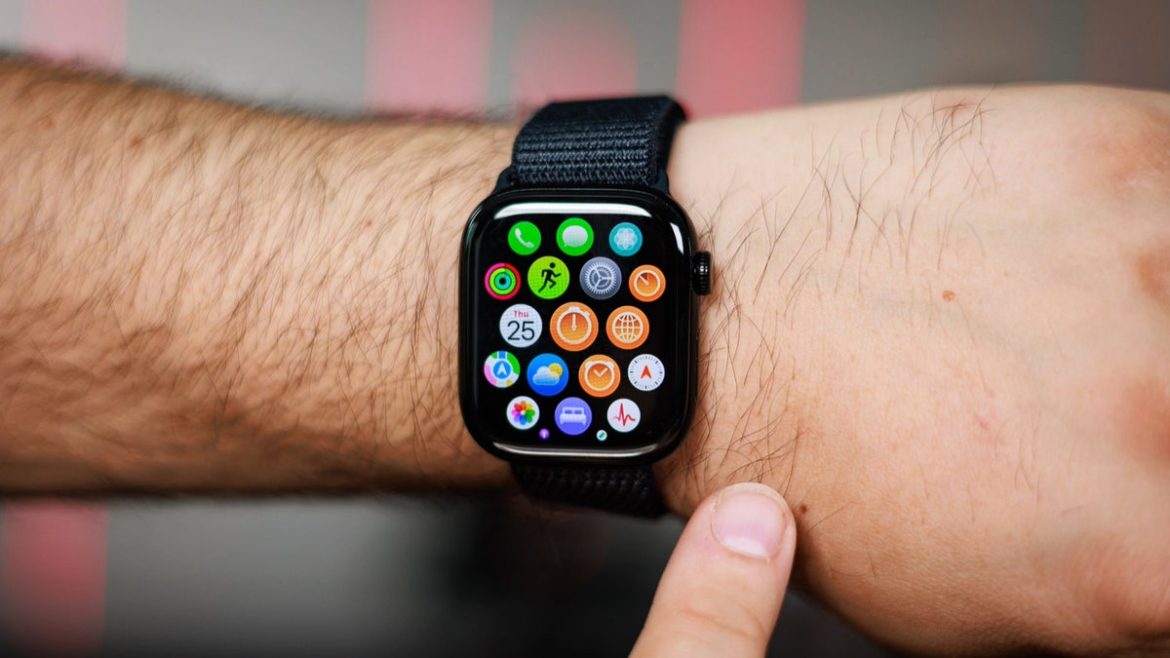Smartwatches are helpful – but not a replacement for medical gear
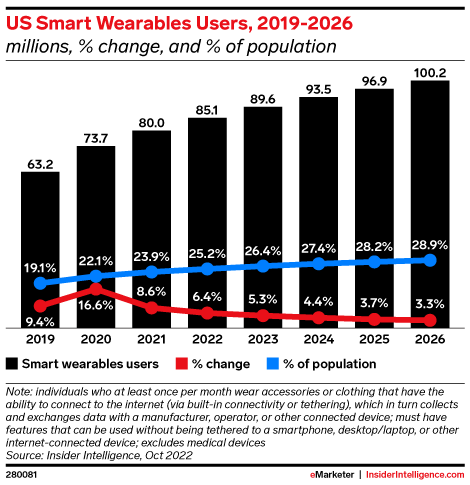

Smartwatches are becoming more and more popular. | Image credit – eMarketer
Smartwatches are excellent at general fitness tracking and can even pick up early warning signs for some conditions, as studies suggest. Some models from Apple and Samsung, for example, are FDA-cleared to detect things like irregular heart rhythms, but the data they produce has limits. For example, resting heart rate readings can be pretty accurate, but once you start exercising, accuracy can drop. Sleep tracking? It’s mostly an estimate. Calorie burn? Often off by hundreds of calories. In short: smartwatches give you trends, not perfect numbers.The rise of “e-patients” – people using tech to monitor chronic conditions – shows the potential of wearable devices. And yeah, they can detect early health issues, report symptoms, and track chronic illnesses, but there’s a catch: safety. Most watches are designed for convenience, not precise diagnosis.
Why your watch isn’t always right
Heart rate sensors are tiny, wrist-worn devices exposed to all kinds of real-world noise. Factors like skin tone, tattoos, motion, and sweat can mess with accuracy. Studies show darker skin tones can slightly interfere with wrist-based heart rate readings – melanin absorbs light differently, which can throw off the sensors.
High-intensity exercise is another challenge. If you are boxing, running, or doing HIIT, your watch might lag or give weird readings. One 2023 study found heart rate accuracy is best at rest or during steady cardio, but spikes and erratic motion can throw the numbers off. That’s why some athletes still rely on chest straps for serious training.
Other metrics like calories burned, sleep stages, or stress scores are best seen as rough estimates. Calorie burn algorithms rely on heart rate and movement – they’re not perfect, so don’t plan dessert based on your watch alone.
Medical-style features aren’t medical-grade
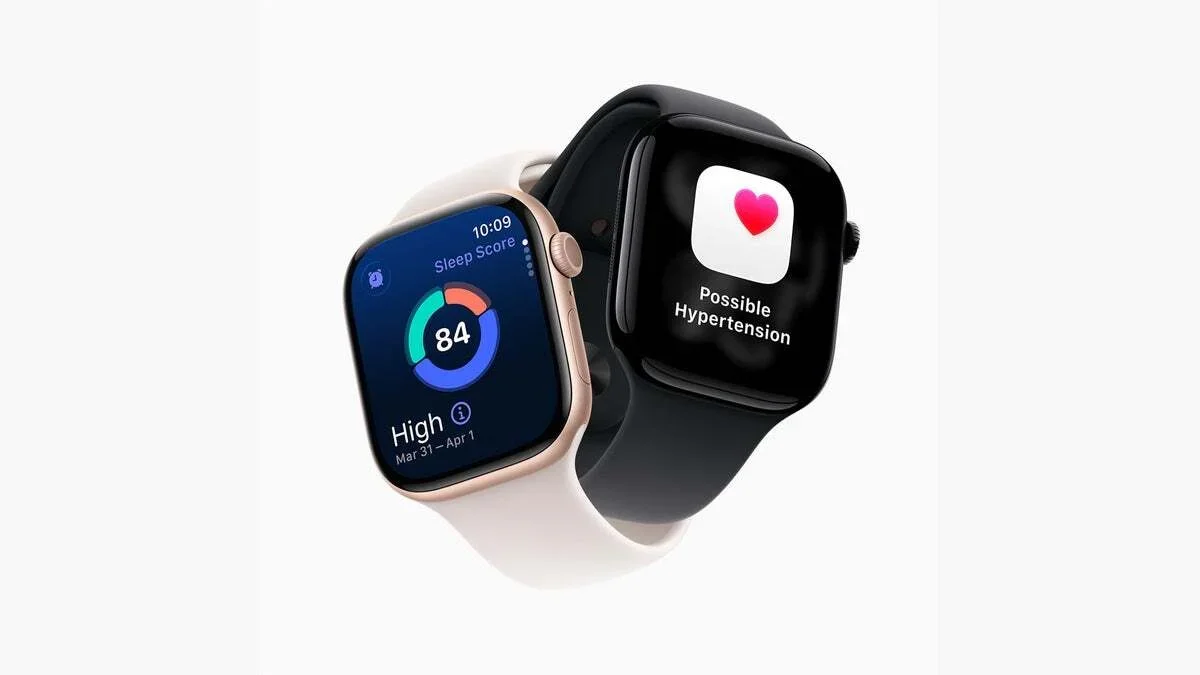

If you have an Apple Watch Series 9 or later, you can receive notifications for potential hypertension. | Image credit – Apple
Some smartwatches can measure blood oxygen (SpO₂) or even give blood pressure estimates (like the Apple Watch, which was the reason for this whole article in the first place), but don’t rely on these numbers blindly.
SpO₂ readings can be useful in some cases (high altitudes, COVID monitoring, etc.), but they fluctuate – one moment 96%, the next 88%. If you feel fine, random dips usually aren’t cause for alarm. Consistently low readings with symptoms are worth checking medically.
Blood pressure on smartwatches? Still tricky. Apple Watch and similar devices can provide estimates, but real readings require a proper cuff – at home or at your doctor’s office. So, don’t trust your watch alone for hypertension management.
A smartwatch is a tool – not a doctor on your wrist
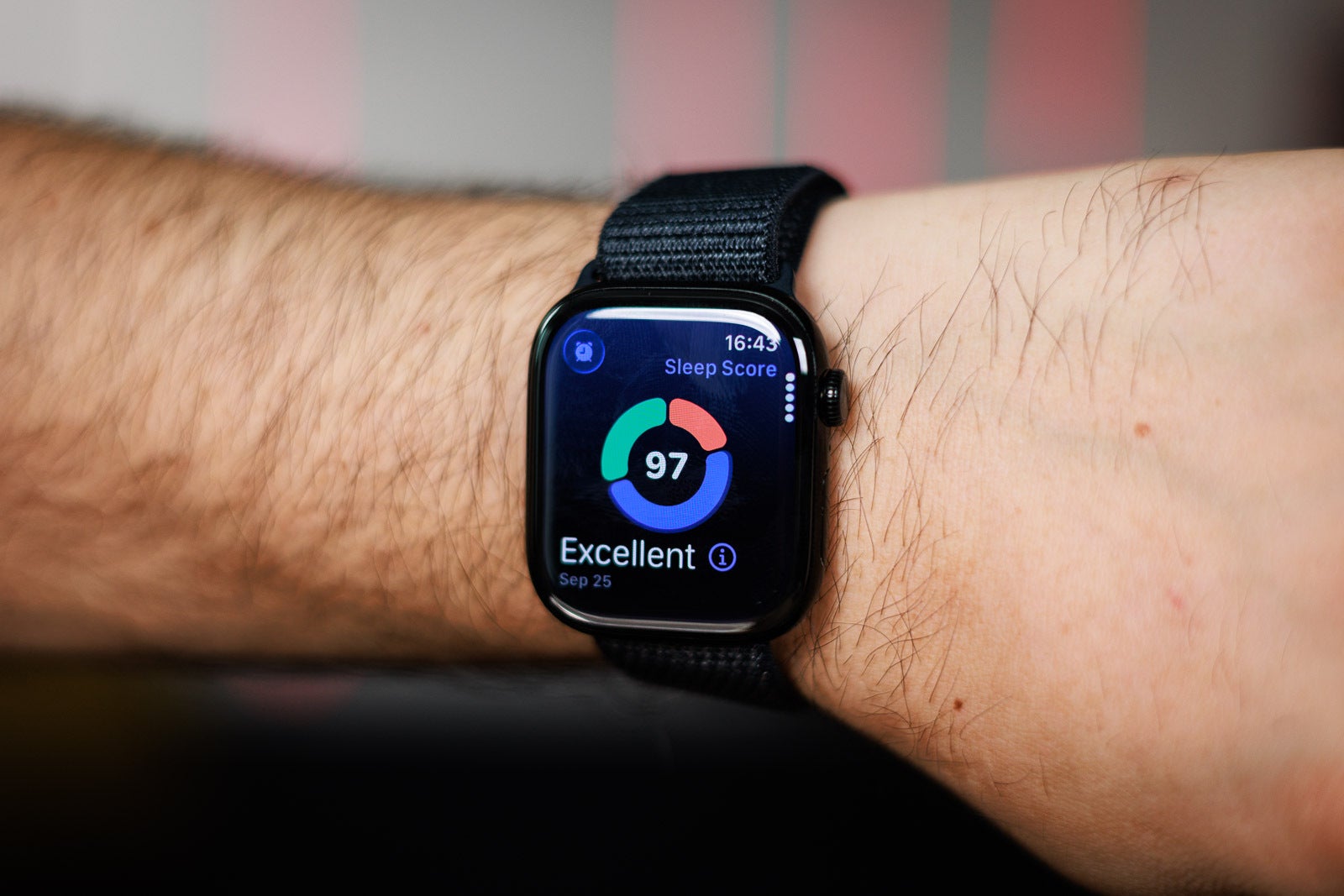

Apple Watch is believed to be able to correctly detect sleep 97% of the time. | Image credit – PhoneArena
Every measurement comes with a margin of error, sometimes a big one. If you have chest pain, don’t assume your watch saying “ECG normal” means you’re fine. Always seek real medical attention.
However, they have some accuracy issues: they tend to slightly underestimate heart rate (1.3 bpm on average) and heart rate variability (by 9.6 ms), can miscalculate calories burned by up to 115%, and struggle to detect awakenings during sleep, only getting it right 26% of the time.
Think of your watch as a guide, not a diagnostician. Fitness trackers are wellness devices, not medical instruments. That means:
- Don’t self-clear serious concerns just because your watch looks okay.
- Don’t panic over every irregular reading without context.
Using your wearable data wisely
- Focus on trends, not single readings. One high heart rate reading at 3 AM? Probably a blip. But steady increases over weeks or unusual patterns during workouts can be meaningful.
- Connect data with how you feel. Your watch might warn about a low heart rate, but if you’re relaxed or sleeping, that’s normal. If you feel dizzy or unwell and the watch flags abnormal data – pay attention.
- Verify concerning readings. Repeated alerts for irregular rhythm or weird ECG strips? Take them to your doctor. Don’t self-medicate based on your watch – always check before adjusting medications.
- Fit and placement matter. Wear your watch snugly, especially during workouts. Too loose or too tight can affect sensor accuracy.
After all, smartwatches are great tools for motivation, tracking trends, and nudging you toward healthier habits, but they are not substitutes for professional medical advice. So, it’s best to use them wisely, understand their limits, and combine them with real-world feedback from your body and healthcare providers.
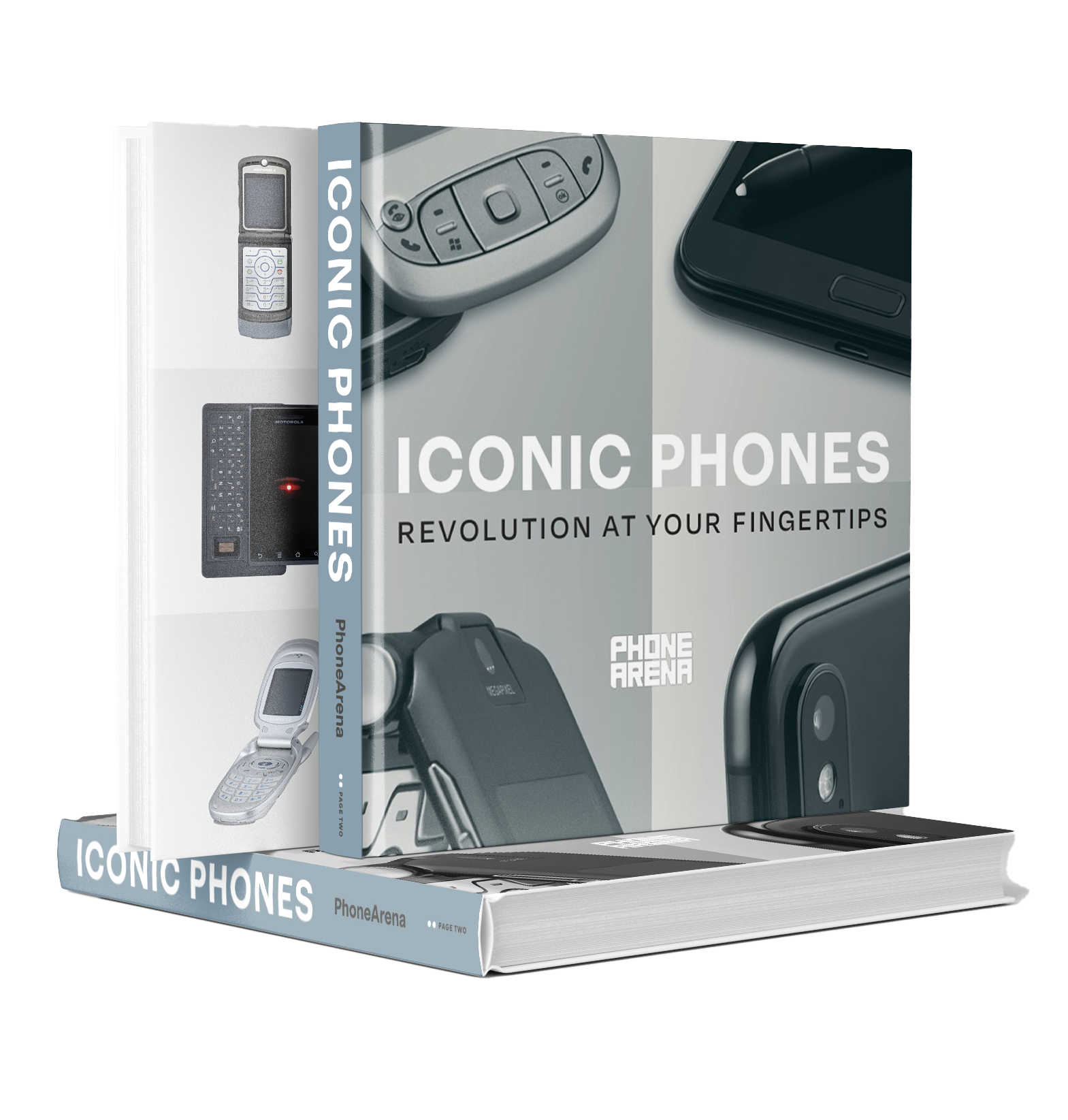

“Iconic Phones” is coming this Fall!
Iconic Phones: Revolution at Your Fingertips is the ultimate coffee table book for any phone enthusiast. Featuring the stories of more than 20 beloved devices, it takes you on a nostalgic journey through the mobile revolution that transformed our world. Don’t miss out—sign up today to lock in your early-bird discount!
#trust #Apple #Watch #health #research #bad #idea
